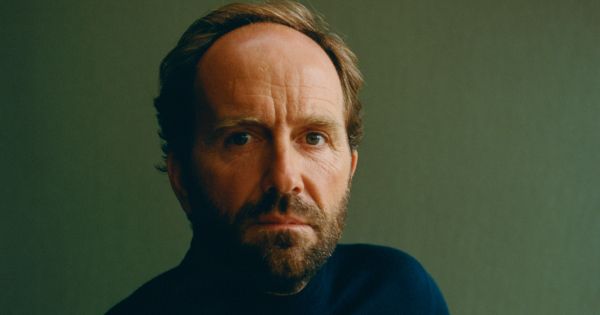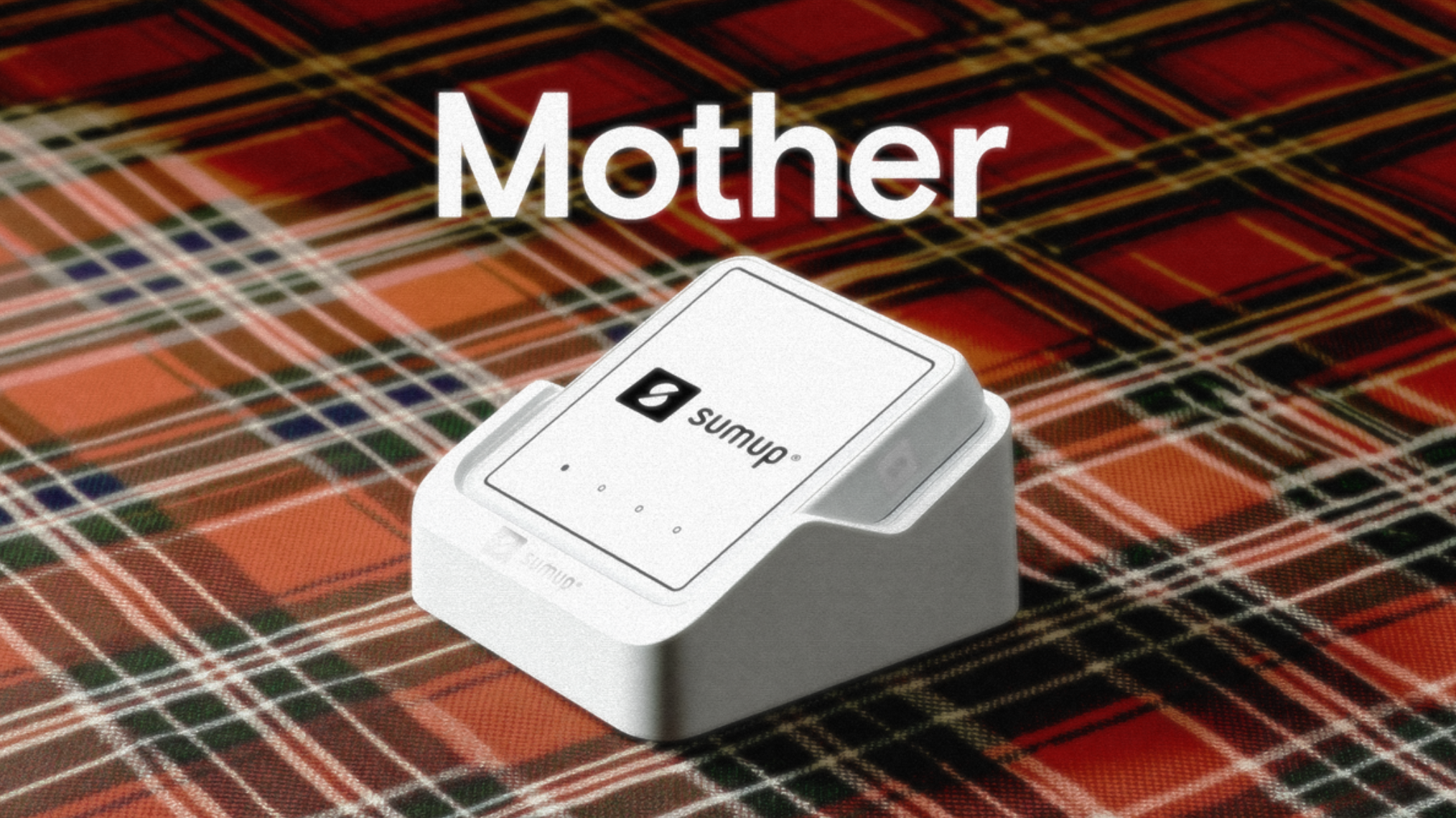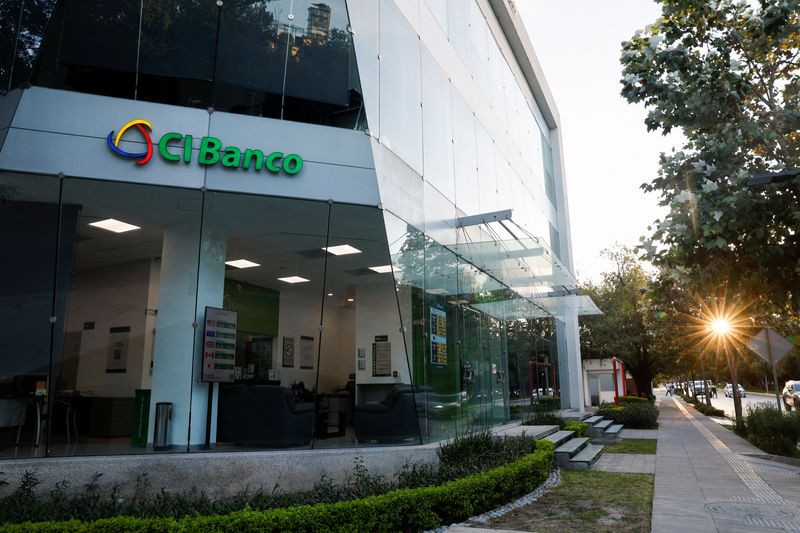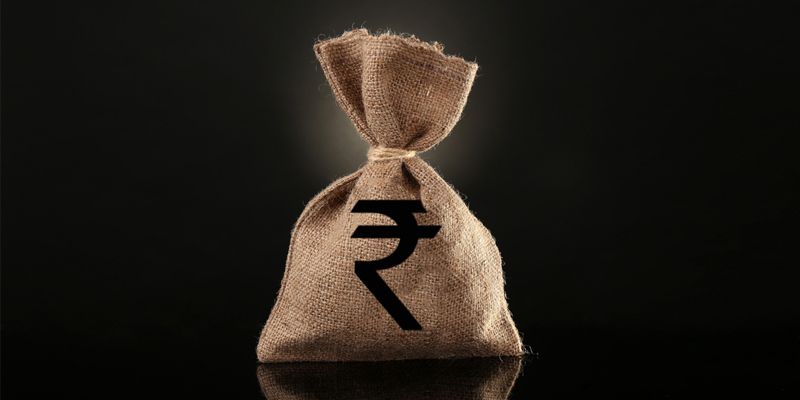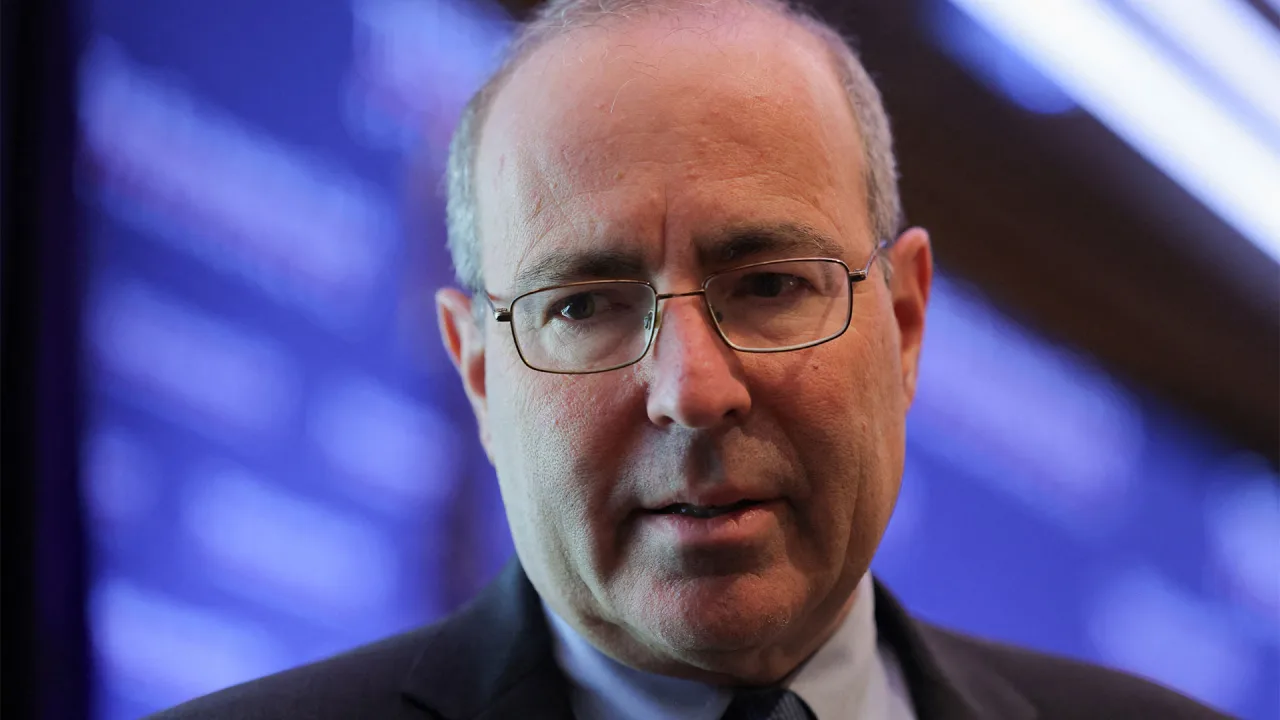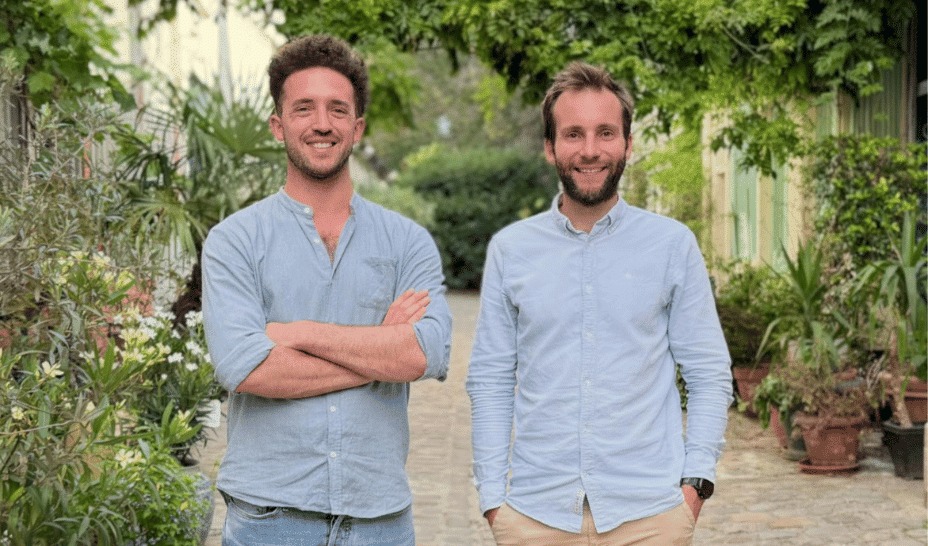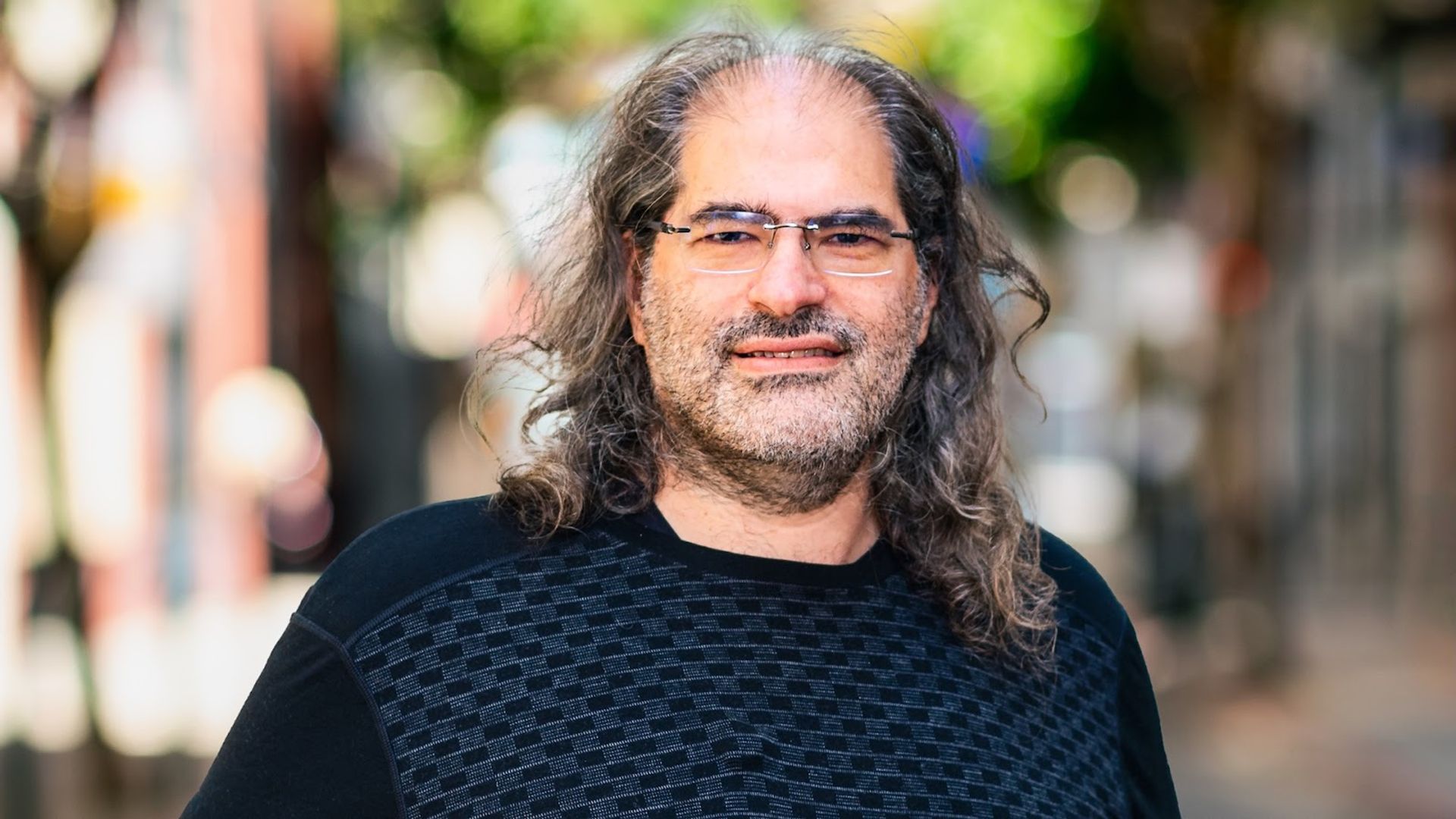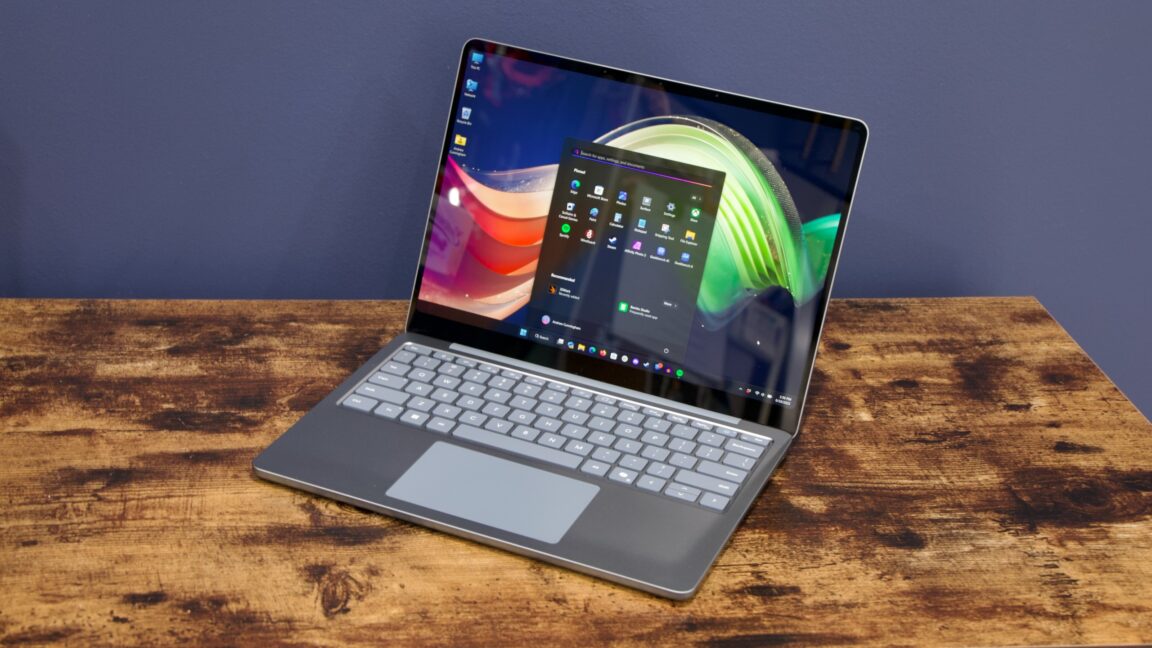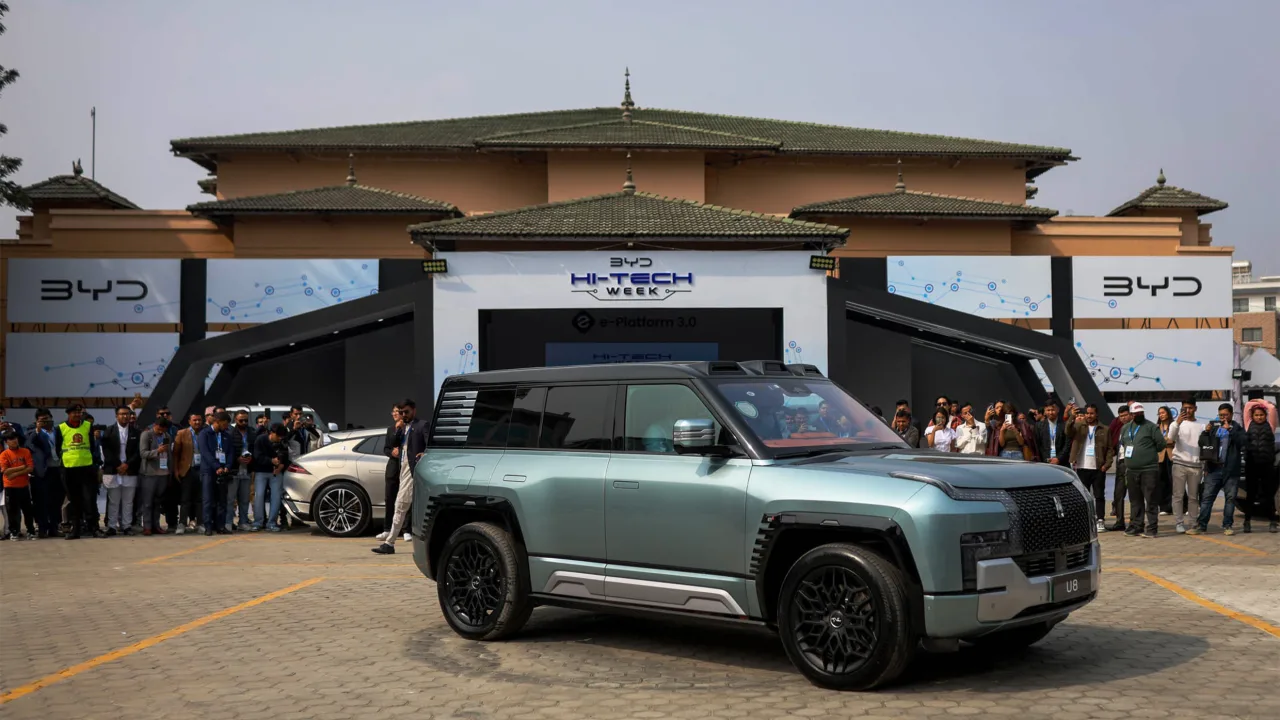Fast-fashion giant H&M reveals 2nd quarter profits and it’s better than expected
Swedish fashion retailer H&M reported slightly stronger second-quarter profit on Thursday, an encouraging sign as CEO Daniel Erver tries to attract more shoppers with trendier clothes. H&M shares were up 4% by 1000 GMT as investors focused on the profit rather than second-quarter sales, which fell slightly more than predicted. Erver has said his focus is on profitability rather than solely sales growth. The world’s second-largest listed fashion retailer also said it expected sales in June, measured in local currencies, to rise 3%, an improvement after a 6% fall in the same period a year ago. “Our collections are more current, they are more on trend, more fashionable, and the customer reception has been strong throughout this quarter,” Erver said in a press conference. Erver said gingham and check patterned dresses, blouses and skirts have been especially popular this season, with the trend continuing into the autumn. Accessories sales have picked up, with social media also driving a craze for mini-accessories on bags, sneakers, and cellphones, he said. In the U.S., where H&M has around 500 stores, Erver said consumer sentiment has dropped significantly due to the “turbulent” tariffs situation since President Donald Trump hiked duties on imports, and competitors have started raising prices as a result. H&M, which sources its products primarily from China and Bangladesh, is focused on keeping prices competitive, Erver said, as consumers are particularly price-sensitive given uncertainty around the economy in the U.S. and globally. H&M’s sales were 56.7 billion Swedish crowns ($5.99 billion) in the March to May quarter, down from 59.6 billion a year ago. Analysts polled by LSEG had forecast revenue of 57.0 billion crowns. Zara owner Inditex earlier this month also reported disappointing sales, in a sign consumers are pulling back from spending on clothes as U.S. tariffs create risks for global economic growth. H&M’s second-quarter operating profit was 5.91 billion crowns, beating analysts’ forecast of 5.88 billion, and the operating profit margin was 10.4%, down from 11.9% a year ago but still better than analysts had feared. “The slightly better than expected margin delivery sends a positive signal to the market,” said Alphavalue analyst Jie Zhang. “The brand upgrading strategy has started to pay off.” H&M said its higher-priced brand COS had done especially well and shoppers are opting for more medium- and high-priced items across the board, helping to boost profitability. But Erver flagged more discounting in the June to August quarter as he said summer markdowns across the market were highly competitive. Even as it reduces store numbers globally, H&M is also searching for growth in new markets with a growing middle class, with plans to open its first stores in Brazil in the second half, as well as in El Salvador and Venezuela, and to launch in Paraguay next year. ($1 = 9.4635 Swedish crowns) —Greta Rosen Fondahn and Helen Reid, Reuters

Swedish fashion retailer H&M reported slightly stronger second-quarter profit on Thursday, an encouraging sign as CEO Daniel Erver tries to attract more shoppers with trendier clothes.
H&M shares were up 4% by 1000 GMT as investors focused on the profit rather than second-quarter sales, which fell slightly more than predicted. Erver has said his focus is on profitability rather than solely sales growth.
The world’s second-largest listed fashion retailer also said it expected sales in June, measured in local currencies, to rise 3%, an improvement after a 6% fall in the same period a year ago.
“Our collections are more current, they are more on trend, more fashionable, and the customer reception has been strong throughout this quarter,” Erver said in a press conference.
Erver said gingham and check patterned dresses, blouses and skirts have been especially popular this season, with the trend continuing into the autumn. Accessories sales have picked up, with social media also driving a craze for mini-accessories on bags, sneakers, and cellphones, he said.
In the U.S., where H&M has around 500 stores, Erver said consumer sentiment has dropped significantly due to the “turbulent” tariffs situation since President Donald Trump hiked duties on imports, and competitors have started raising prices as a result.
H&M, which sources its products primarily from China and Bangladesh, is focused on keeping prices competitive, Erver said, as consumers are particularly price-sensitive given uncertainty around the economy in the U.S. and globally.
H&M’s sales were 56.7 billion Swedish crowns ($5.99 billion) in the March to May quarter, down from 59.6 billion a year ago. Analysts polled by LSEG had forecast revenue of 57.0 billion crowns.
Zara owner Inditex earlier this month also reported disappointing sales, in a sign consumers are pulling back from spending on clothes as U.S. tariffs create risks for global economic growth.
H&M’s second-quarter operating profit was 5.91 billion crowns, beating analysts’ forecast of 5.88 billion, and the operating profit margin was 10.4%, down from 11.9% a year ago but still better than analysts had feared.
“The slightly better than expected margin delivery sends a positive signal to the market,” said Alphavalue analyst Jie Zhang. “The brand upgrading strategy has started to pay off.”
H&M said its higher-priced brand COS had done especially well and shoppers are opting for more medium- and high-priced items across the board, helping to boost profitability.
But Erver flagged more discounting in the June to August quarter as he said summer markdowns across the market were highly competitive.
Even as it reduces store numbers globally, H&M is also searching for growth in new markets with a growing middle class, with plans to open its first stores in Brazil in the second half, as well as in El Salvador and Venezuela, and to launch in Paraguay next year.
($1 = 9.4635 Swedish crowns)
—Greta Rosen Fondahn and Helen Reid, Reuters












![What Is a Markup Language? [+ 7 Examples]](https://static.semrush.com/blog/uploads/media/82/c8/82c85ebca40c95d539cf4b766c9b98f8/markup-language-sm.png)

